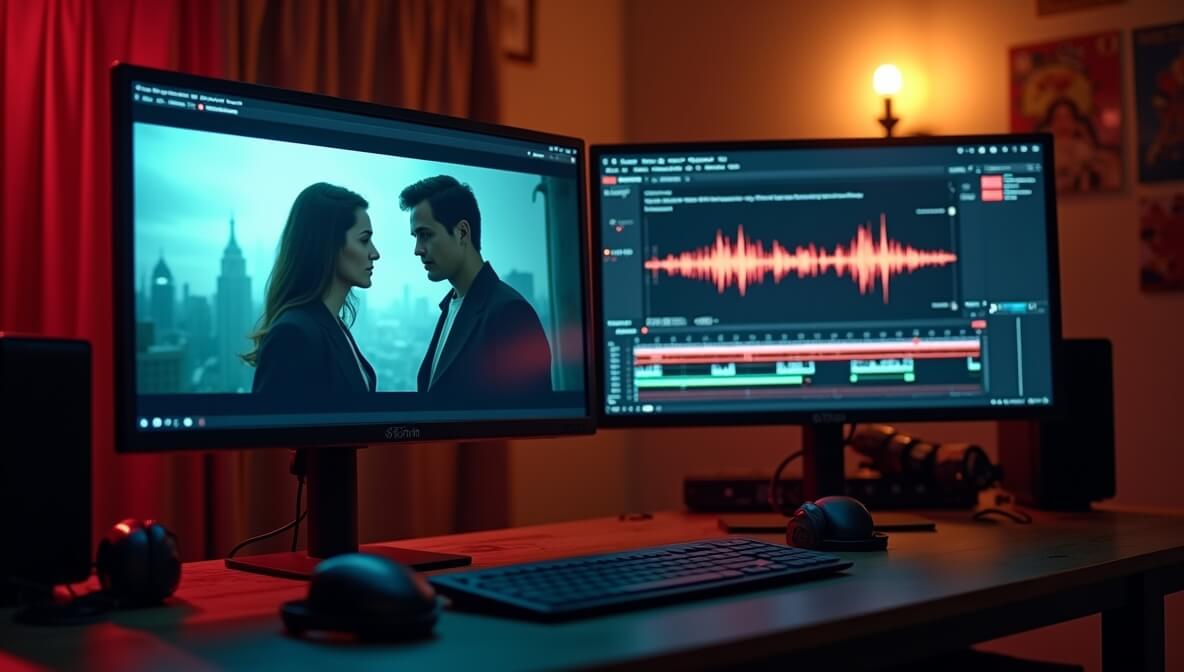August 12, 2025

When you watch your favorite movie or series, chances are you remember its sound just as vividly as its story. Think of the eerie strings in Psycho, the nostalgic synth in Stranger Things, or the swelling orchestral theme of The Lord of the Rings. These iconic sounds aren’t just background—they’re a vital part of how stories are told onscreen.
Music in film and television serves far more than aesthetic value — it guides your emotions, reveals subtext, foreshadows action, and often tells the story better than dialogue alone. This guide explores how music works behind the scenes in visual storytelling, and how you can begin creating music for the screen.
At its core, music in film and TV is a storytelling device. It shapes how audiences interpret what they see. Without a musical score, a romantic moment might fall flat. Without tense underscoring, a horror scene may feel bland. Music acts as an emotional compass for the viewer.
For example:
This emotional layering is why understanding rhythm — not just melody — is so essential for composers. Rhythmic tension, release, and variation drive the pacing of a scene, much like in traditional music.
Music in visual media generally falls into two categories:
Music doesn't just enhance visuals — it manipulates your perception of them. The same clip can feel triumphant or tragic depending on the score.
Some ways this works:
These emotional cues are enhanced with subtle production techniques. For example, compression helps control intensity, while reverb adds space — creating the sense of a cathedral, a cave, or an intimate room, depending on the scene.
The music supervisor is the bridge between music and production. Their responsibilities include:
If you want to work in this field or use music in your own film projects, you need to understand music licensing — especially to avoid copyright violations on platforms like YouTube, Spotify, or streaming services.
The brain responds powerfully to music. Scientific studies show that film music:
That’s why a horror film can still frighten you even if you mute the picture and only listen to the score. This emotional hijacking is carefully crafted by skilled composers using techniques drawn from both classical theory and modern sound design.
Some moments in film and TV became legendary because of their music:
Even silence — the absence of music — can be deeply emotional. Directors like Stanley Kubrick and the Coen Brothers use silence as a tool to emphasize discomfort or realism.
If you’re new to composing for visual media, don’t wait for a big-budget film. Start practicing with what you have.
As you improve, incorporate sound libraries, virtual instruments, and more advanced production techniques.
Music in film and television is never just "background." It’s:
Whether you’re an aspiring composer, a filmmaker, or just a fan, understanding the role of music helps you appreciate how much intention and artistry goes into your favorite media moments.
Stay up to date with the latest tips, expert insights, product reviews, and step-by-step guides to help you grow, create, and succeed—no matter your industry or passion.